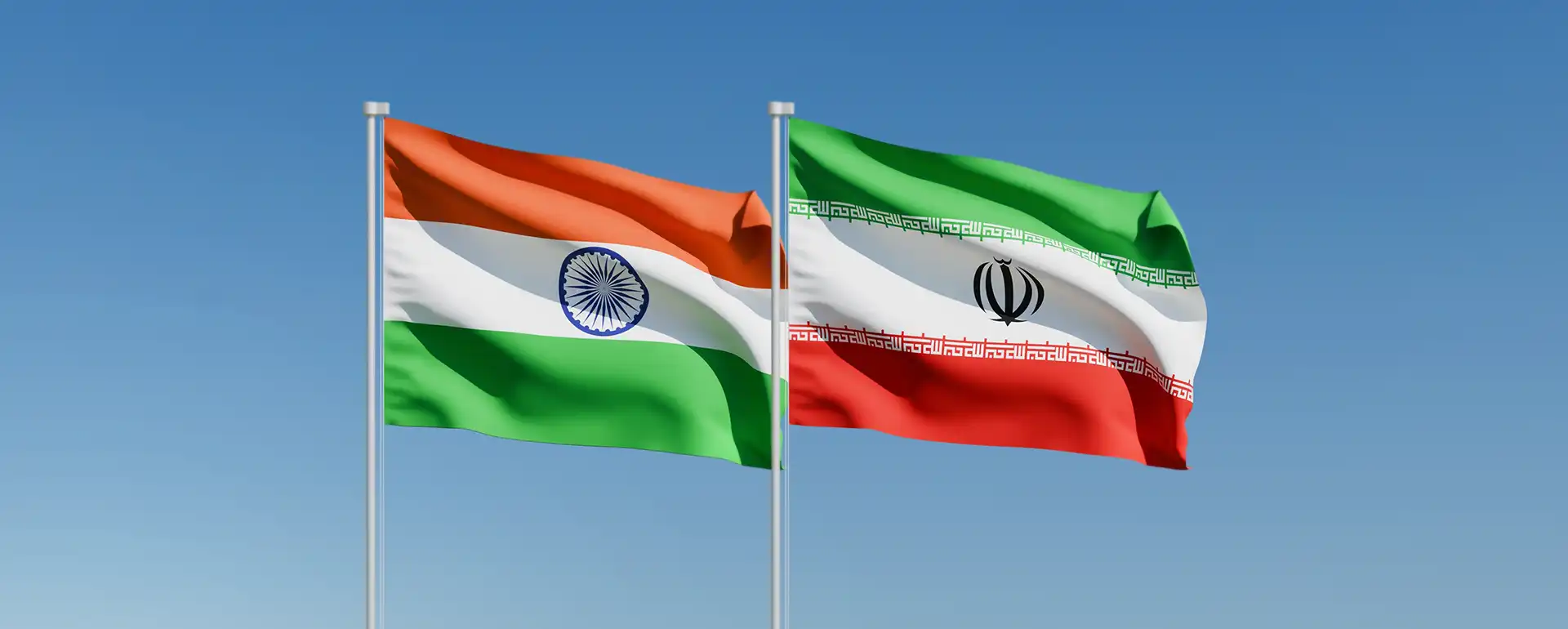Visa and passport FAQ
A passport is an official document issued by countries to their citizens, which is used to prove the identity of its holder when he or she is traveling to another country. It is also an official form of proof that the passport holder has the nationality of the issuing country. Most passports are booklets containing in their first pages the personal data of the passport holder and his or her personal photo, in addition to passport’s data, such as its date of issuance and expiration. Passports are also issued with a number of blank pages, which are reserved for visas and entry and exit stamps gained when traveling to other countries
A visa is an official document issued by a country to foreigners (non-citizens) looking to enter said country. A person who is granted a visa is allowed to enter the foreign country which issued it and remains there for a specific period of time (the specific number of days/weeks/months/years is indicated on the visa). Some countries issue visas in the form of stickers, which are placed on the reserved pages of the visa applicant’s passport. Other countries issue an electronic visa, which holders retain in the form of an electronic file that can also be printed (on paper). A visa includes the personal information of its holder, its validity period, and the holder’s allowed duration of stay in the destination country. It may also include specific conditions, such as the number of possible entries to the destination country allowed during the visa’s validity period
The rank of a passport (passport ranking) refers to the position that the passport occupies in the overall passport ranking index. Compared to the passports of other countries around the world, the strength of a passport depends on the total mobility score that the passport provides to its holders. This is measured by the total number of countries to which its passport holder can travel to, either without a visa (visa-free access), with a visa on arrival, or with an electronic travel authorization. The greater the number of these destinations, the higher the total points for freedom of movement, and therefore the stronger the passport
The rank of a country’s passport is determined by the number of countries and territories to which it allows its holder visa-free access, a visa on arrival or entry via Electronic Travel Authorization. The greater the number of countries the passport holder can travel to without a visa or with a visa on arrival, the higher the passport is ranked compared to those of other countries
A passport’s mobility score reflects the total number of destinations that a passport holder can travel to without a visa (visa-free access), with a visa on arrival, or with an Electronic Travel Authorization.
Visa-free countries are destinations that passport holders can enter without obtaining a visa beforehand. However, all travelers to visa-free countries must carry a valid passport or identity card to prove their nationality and identity throughout their journey.
Visa-free access means the ability to travel to another country without obtaining an entry visa.
A visa on arrival is a visa granted to travelers when they arrive at the border crossing of another country. For a visa on arrival country, the traveler does not need to apply for a visa in advance and instead obtains a visa upon arrival. Some countries grant a visa on arrival in return for specific fees paid by the traveler at their border crossing. Citizens of specific countries may obtain it without paying fees due to existing bilateral visa agreements.
In both cases, the traveler does not need to obtain a visa in advance of traveling to other countries. The difference is that in the case of visa-free access, the traveler only needs to show his or her passport at the foreign country’s border in order to be allowed entry. In the case of a visa on arrival destination, the traveler still needs a visa to enter, but they do not need to apply in advance to obtain it, as is granted to them upon arrival at the border.
An e-Visa is a visa that an applicant applies for online (this means they don’t have to apply for it by going to an embassy or consulate to conduct a personal interview). An online application form is usually filled out, the passport data is submitted, and the visa fees are paid online through the destination country’s online platform or through a visa service provider. After the application is processed and approved, the applicant receives an electronic copy of the visa that allows him or her to travel to their destination.
An electronic travel authorization (eTA) is a requirement imposed by some countries on other countries’ citizens who are essentially exempt from needing a visa. Electronic travel authorization systems provide countries with the ability to check foreign travelers before they enter their territory. In general, an electronic travel authorization can be obtained online, quickly and by following simple steps.
An eTA is not a visa but an additional verification procedure that is required from citizens who are already exempt from needing a visa when traveling to specific countries. In most cases, the process for obtaining an electronic travel authorization is easier and has a long-term validity (up to several years) than a traditional visa, while the e-Visa is an ordinary visa which travelers who are not exempted from needing a visa can apply for online before traveling (instead of applying for a visa through the traditional application method —via embassies or consulates. In general, the e-Visa and e-Travel Authorization are applied for online and may be required from travelers of certain nationalities.
There are many differences between the regular visa and the electronic visa in terms of the method of application. The regular visa application is submitted on paper at embassies, consulates or visa application centers (VAC), while the electronic visa is submitted online. The regular visa has also a material nature, as it is mostly a sticker on the passport, while the electronic visa comes in a digital form that can either be kept on a mobile phone or tablet or printed out as a hard copy.
A passport and a visa are completely different documents. A passport is a document that proves the identity of the traveler during international travel, while a visa is granted as permission for the traveler to enter a foreign country and stay in it for a legally defined period. In addition, the passport is issued by the government of the country of which its holder is a citizen, while the visa is issued by the government of the foreign country the traveler wants to go to.
There are many types of passports, including ordinary passports, official passports, diplomatic passports, service passports, and emergency passports.
An ordinary passport is the passport countries issue to their regular citizens for the purposes of regular travel.
A diplomatic passport is the passport a country issues to its diplomatic staff, i.e. to those who are representing their countries in foreign countries and international organizations.
The diplomatic passport has many advantages compared to the ordinary passport, including the immunity it provides its holder as well as the special treatment its holder receives at airports. The diplomatic passport holder also enjoys greater freedom of travel as many countries of the world have agreements for mutual exemption of visas for diplomatic passport holders.
An official passport or service passport is a special type of passport issued to high-ranking state and government officials who do not have any diplomatic status.
You need a passport if you want to travel to another country. However, there are rare cases in which some countries allow citizens of other specific countries to enter their territory using only a national identification card (ID) instead of a passport.
A visa is required if the country you are planning to visit demands that you obtain one prior to entry.
A biometric passport or electronic passport is similar to an ordinary passport. The difference is that it contains a smart chip in its cover or on one of its pages, which includes the passport holder’s data. Biometric passports were created as a way to respond to the growing threat of identity theft and threats to national security.
Yes. Babies, like adults, need passports.
No. Domestic airline passengers can usually fly with just a national identity card (without a passport).
You need to get a new passport when your current passport expires. You will also need to renew the passport once its pages become entirely filled with stamps and visas. Your passport requires blank pages for the purpose of adding entry and exit stamps from entered and exited countries. There are some other cases where a holder will need to replace their passport before it expires, such if their name changes or if some personal data of the passport holder changes.
No. Your passport must be valid in order for you to be able to travel on it. Most countries also require a passport to have a validity period of at least 6 months before traveling in order to travel.
If you discover that your passport has been stolen or lost, you should immediately inform the security authorities in the country where you are located currently. You should also inform the nearest embassy or consulate of your country in order to cancel your lost passport, and obtain an emergency passport that you can use to return home with.
Yes, this is possible when a person holds more than one nationality at the same time (some countries allow dual nationality).
In theory, there is no maximum number of passports you can obtain. However, as you can only get a passport from a country you are a citizen of, and some countries have laws against holding dual citizenship, it’s not possible to have as many passports as there are countries.
The application procedures and the required documents you must submit in order to obtain a passport differ from one country to another. You should consult the relevant department responsible for passports in your country to obtain accurate information on the required procedures. In general, applicants for all passports, regardless of country, will need to fill out an application form, whether on paper or online, pay the application fee, and submit documents proving identity and nationality, as well as personal photos.
There are passports that are stronger than others and allow their holders to enter a larger number of travel destinations without a visa in advance. This is what motivates some people to obtain a second citizenship in order to gain a strong second passport, which results in greater freedom of movement at the international level.
According to the Guide Consultants Passport Ranking Index, the Singaporean passport is the most powerful passport in the world because it provides its holder visa-free access to 195 destinations.
1- Singapore (195 visa-free destinations)
2- South Korea (192 visa-free destinations)
3- United Kingdom, Finland, France, Spain, Sweden, Italy, Japan (191 visa-free destinations)
4- Luxembourg, Germany, Netherlands, Denmark (190 visa-free destinations)
5- Austria, Portugal, Belgium, Switzerland (189 visa-free destinations)
According to the Guide Passport Ranking Index, Afghanistan’s passport is ranked 107th and therefore is the weakest passport in the world. The Afghan passport holder can travel to just 26 destinations without a visa (the lowest degree of mobility re other global passports).
The procedures and method of applying as well as the required documents differ according to the visa you seek, your nationality, and the country in which you reside. You can contact the nearest embassy or consulate of the country you want to travel to in order to know more about how to apply (you can likely find relevant application information on the website of that country’s embassy or consulate). You can also likely discover more details regarding submission procedures through the websites specializing in visa application information.
There are many different types of visas, for example, tourist visas, work visas, student visas, and medical visas. When deciding which visa to apply for, the traveler should consider the visa best suited to his or her needs, i.e. the one which best reflects their purpose for travel, and the conditions of the required visa.
The tourist visa is the most popular type of visa, which allows its holder to travel to a foreign country and spend a specific period of time there for the purpose of tourism. The holder of a tourist visa is not typically allowed to engage in any kind of employment during his or her stay in the destination country.
A work visa is a visa obtained by an individual who wants to work in another country. Work visas vary widely in terms of length of stay and conditions for renewal. In contrast, business visas (businessmen visas) are generally short-term visitor visas, which are obtained for the purpose of conducting business activities (such as deal-making and the attendance of business conferences and events).
A student visa or study visa is the type of visa that students (at any level of education) need to apply for and receive in order to enroll at a foreign educational institution. Students should pursue a student visa for various purposes, such as obtaining an academic qualification, attending a training course, or studying for a short-term course. Some student visas allow the holder to work for a certain number of hours, while others prohibit any and all work.
Some countries, such as the United States, divide the visas they issue into two main categories: immigrant visas and non-immigrant visas. Immigrant visas are those that allow their holders the possibility of permanent or renewable residency in a foreign country, whereas non-immigrant visas are temporary visas issued for specific purposes that do not include the possibility of permanent residency in other countries.
The Schengen visa is one of the most popular visas available for travel to countries in Europe. A Schengen visa allows its holder to travel to the 26 European countries that have signed a joint agreement to abolish internal border controls. These “Schengen area” states are: Austria, Belgium, Czech Republic, Denmark, Estonia, Finland, France, Germany, Greece, Hungary, Iceland, Italy, Latvia, Liechtenstein, Lithuania, Luxembourg, Malta, Netherlands, Norway, Portugal, Poland, Slovakia, Slovenia, Spain Sweden, and Switzerland. There are several types of Schengen visas, which are issued according to the purpose of travel. Schengen visas are also issued in categories based on the number of entries allowed to the Schengen area. A Schengen visa allows its holder to stay within the Schengen area for 90 days within a period of 180 days.
A Golden visa, also known as an investor visa or residency by investment program, is a program that offers investors and businessmen (and their families) the opportunity to obtain legal residency in a foreign country in exchange for investing (in that country) through real estate investment (in most cases). The investor who obtains golden residency in a country may eventually obtain citizenship in that same country, under specific conditions. Some of the major European countries offering golden visa programs include Portugal, Spain, Greece, Malta and Cyprus.
Citizenship by investment programs are schemes offered by some countries around the world, which allow investors, businessmen and their families to obtain citizenship and a second passport in exchange for investing in said countries. Investment traditionally takes the form of financial donation to specific funds (government funds dedicated to these countries’ development) or investment in real estate (properties in the country that are approved by the government offering the program).
Some countries provide legal pathways to obtaining citizenship through citizenship by investment programs, and then obtaining a second passport from said country.









































































































































































































